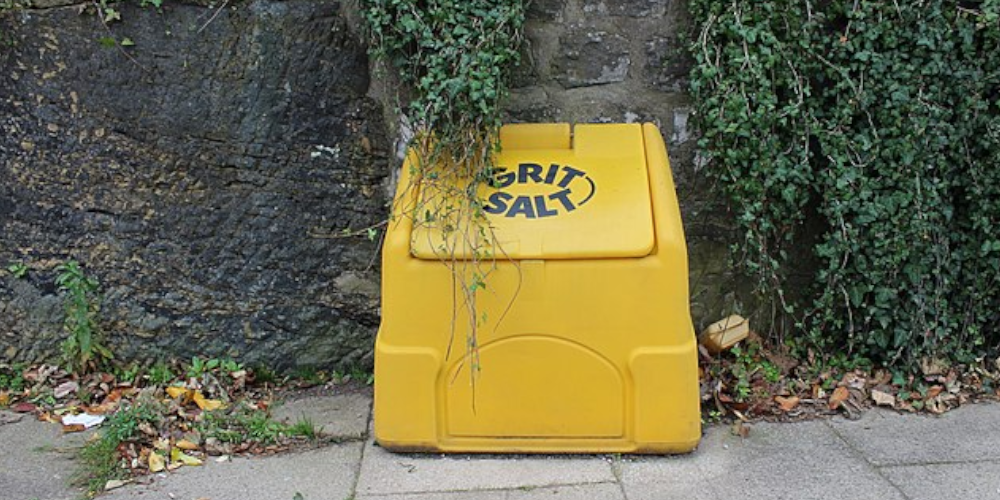Driving means many different things, to many different people! Some motorists can’t get enough of the thrill of jumping behind the wheel, while others find comfort and relaxation in the repetitive nature of long journeys – some unfortunate few even find the whole driving experience just a bit too much, and keep their enthusiasm relegated to the contents of books and walks around the workshop!
Here at EASR Bodyshop, we believe that everyone has the right to enjoy the amazing world of vehicles in their own way, just as much as we do – we see it from both sides and often we see the results of the hidden hazards many motorists fail to even consider!
Our solution? Compile a list of the more elusive hazards that you can look out for – some are more serious than others, like all things. However, we feel that whether it will save you a few quid, or even save something a little more serious, we’re happy to help keep people passionate about our vehicles, so here’s our EASR handy-hidden-hazard-helper (we’re working on a better name!)
We want to start our guide with something a little less serious and scary, and possibly could save you the scuffs and scratches that bring us down when we notice them on our vehicles!
We tend to notice the glaring obstacles that might cause damage to our cars, for example, other vehicles, and obstructions in the road (fallen trees, bits of damaged vehicles), but what if we told you there are more than a few elusive car-scuffer and scratchers that we fail to notice every time, and while some are unavoidable, with the right techniques and mindset we’re confident you can significantly mitigate the effects of some of the invisible nasties!
Let’s Start!
Most of the time, we envision the road as being of the most solid parts of driving – at the end of the day, it is what we are literally driving on – motorways especially lure us into a false sense of security, especially when they have recently been worked on or touched up!
If we take a closer look, however, there are a handful of variables that, while sometimes inescapable, can be worked around to save the stress from chips, scuffs and scratches! Let’s have a closer look:
Grit

We should have maybe mentioned this one at a more relevant time of year, however, better late than never, right? The bane of windshields worldwide, we’re sure you’ve seen them roaming the streets early in the morning, or late at night – the dreaded gritter! When the weather gets to a point where moisture on the tarmac could freeze, councils and highways may decide to grit the roads. Foremost, try to avoid driving behind them as much as you can – perhaps note their schedule and plan journeys before they have gritted, or at least an hour after – if this is impossible, and you find yourself behind one of the big yellow beasts, try and keep a wide berth, potentially the length of two or three cars to avoid ricocheting rocks.
Country roads & tracks.
Roads that are less well maintained obviously harbor many more hidden hazards, and not simply on the road surface itself – here are a couple of things to note:
Hazards are not limited to the road.
Overhanging trees or a dense canopy can cause serious damage to your vehicle – you wouldn’t walk anywhere by staring at the floor, so why would you drive like that? After a strong storm, listen out for cracking branches by lowering your window a tad.
Watch your speed.
Unlike motorways, bits of natural debris (pebbles, rocks and even some small bits of wood) can blend into the floor much more easily on country roads. It is also important to understand that the faster your speed, the faster a piece of debris will fly from under your wheel (or the wheel of the car in front of you!) – keep your speed down and save your chassis, and set a precedent to stay safer on winding country roads.
Road Debris
Hidden hazards may not always be natural, and more often than we’d think, our very vehicles (or the vehicles of others) may actually be the reason we have to break into our wallet to fix up dings and dents. Some vehicles have suffered to the point where they begin to shed pieces of themselves and litter the road – unfortunately, after years of use, the bottoms of cars match the colour of the road, making them hard to spot, and sometimes bits of broken auto-mobiles will lay dormant on motorways, ready to cause damage. We would strongly suggest keeping an eye out for cars or motor-cycles that look a little on the ‘shabby’ side – telltale signs are cars that are excessively scratched on the bottom, protruding parts from the base of the vehicle, exhausts that are hanging too low and tyres that seem to spin inconsistently.
We hope that at least a few of these might have opened your eyes to a little more than before, and remember to take all of this with a grain of salt! A nervous driver can be a dangerous one, and at the end of the day, we want everyone to enjoy the experience.
Let us know if there are any more hidden hazards to watch out for, and remember, if your car has fallen victim to any of these secret scratchers or deceptive dingers, book a consultation with our dedicated team of car care professionals, from paint repairs to full structural repairs, and insurance approved work we always have you covered!